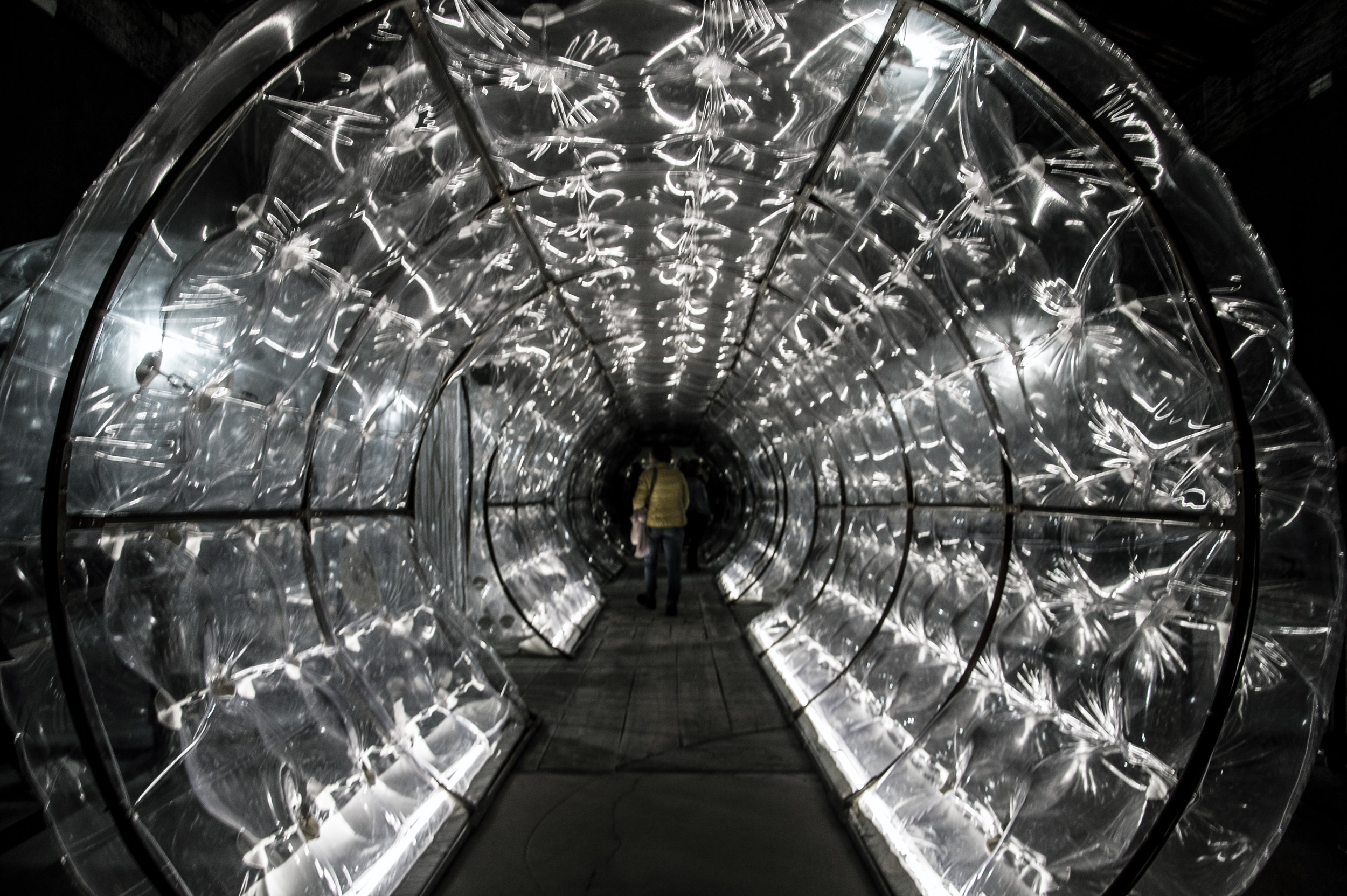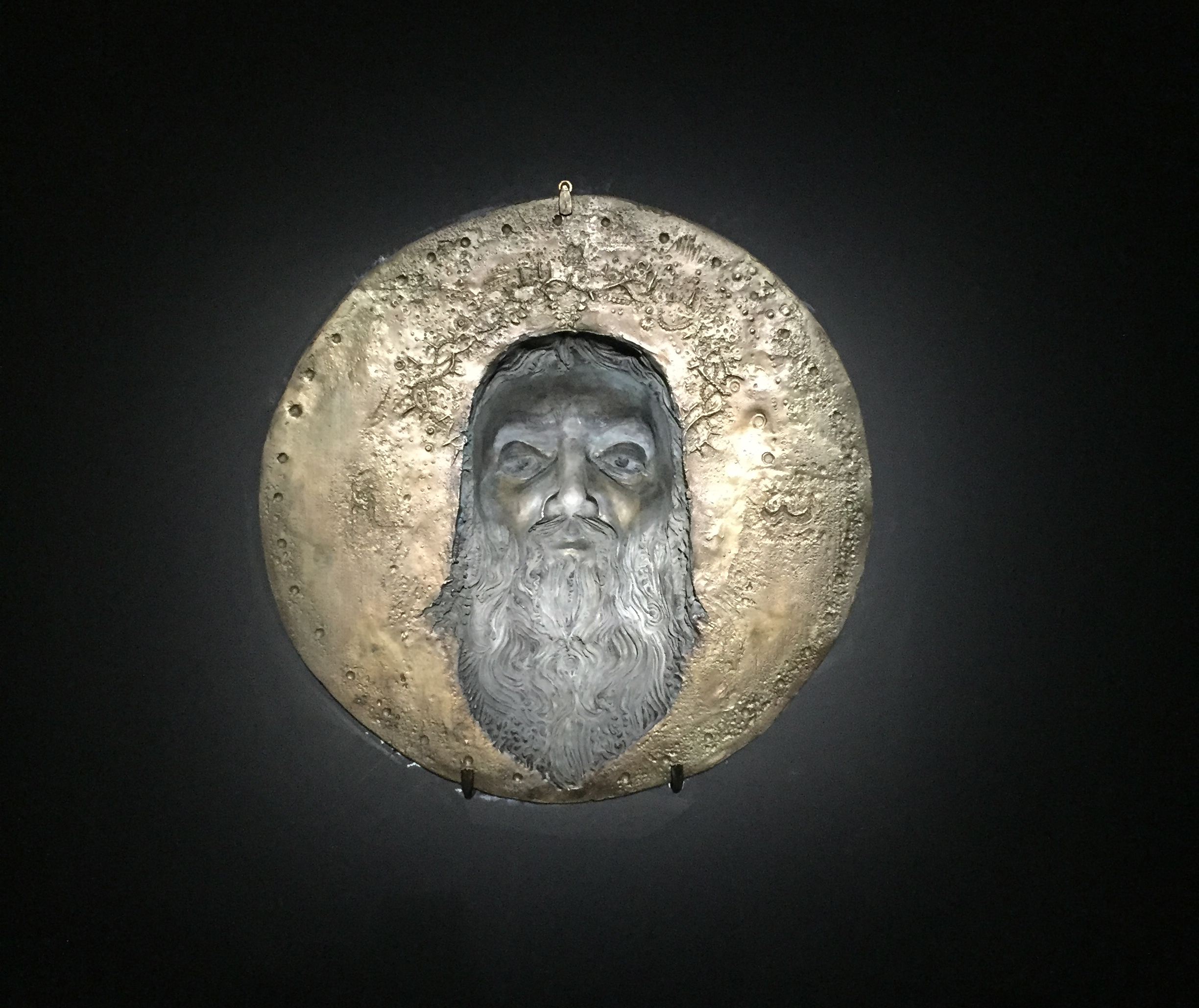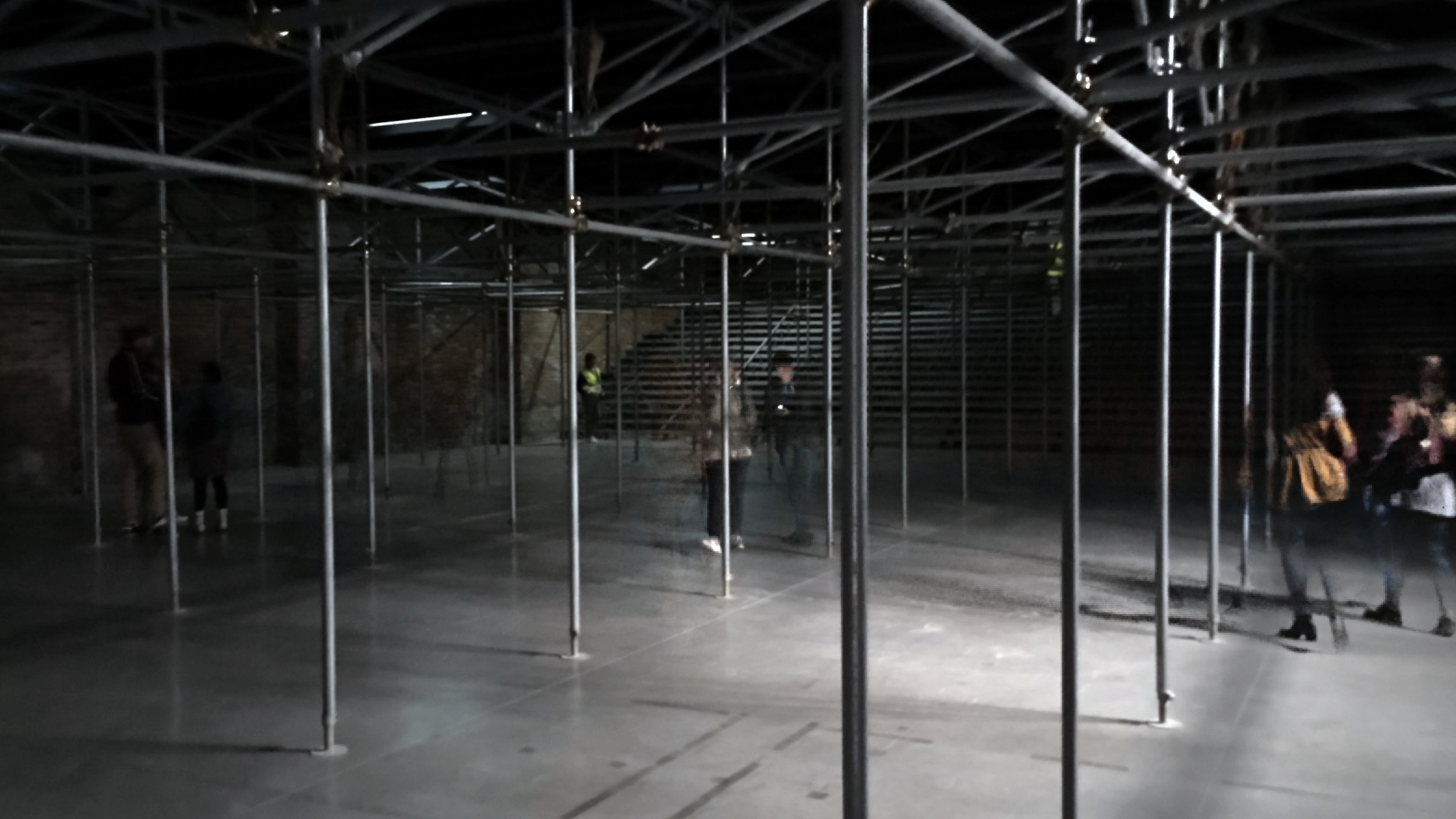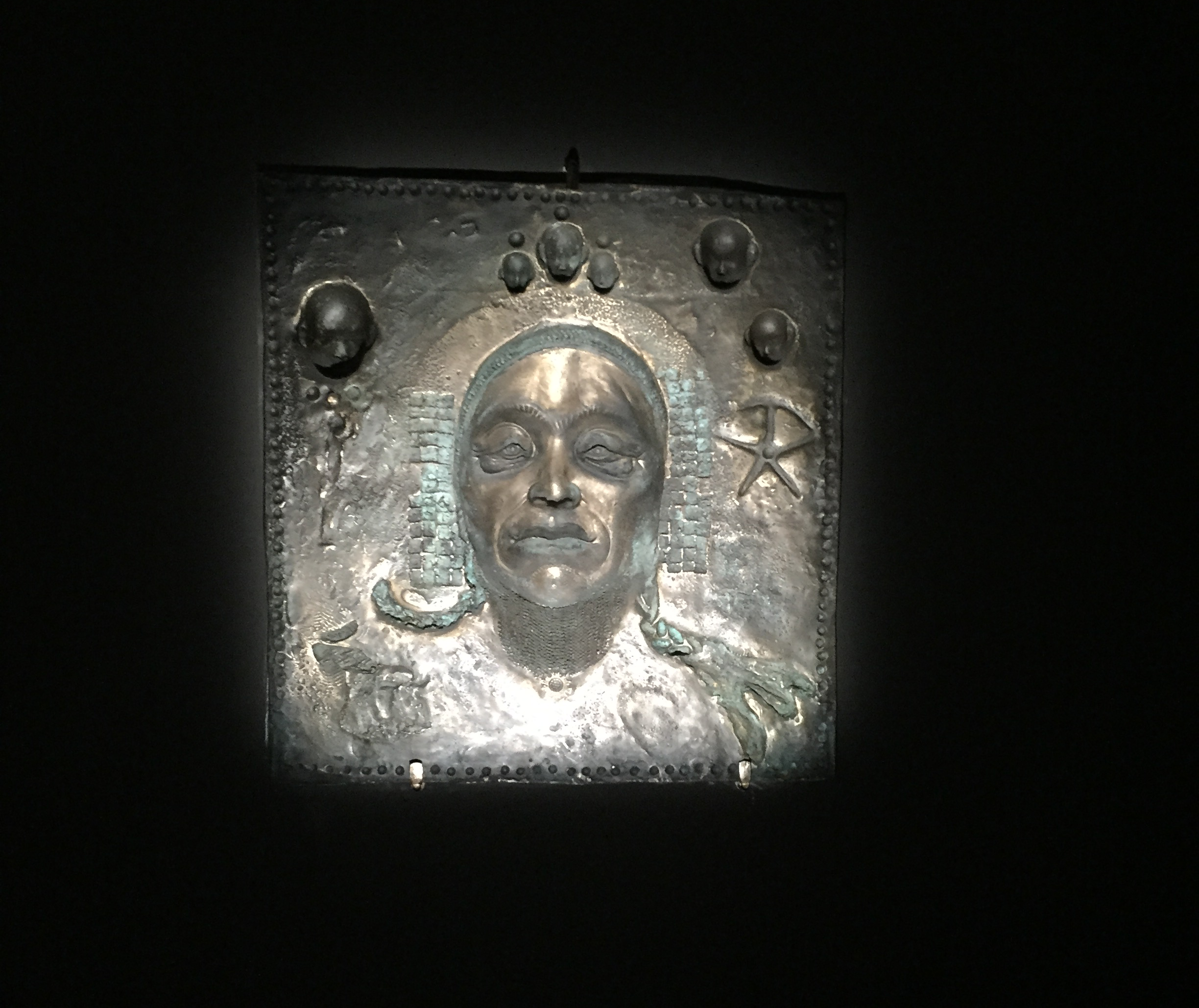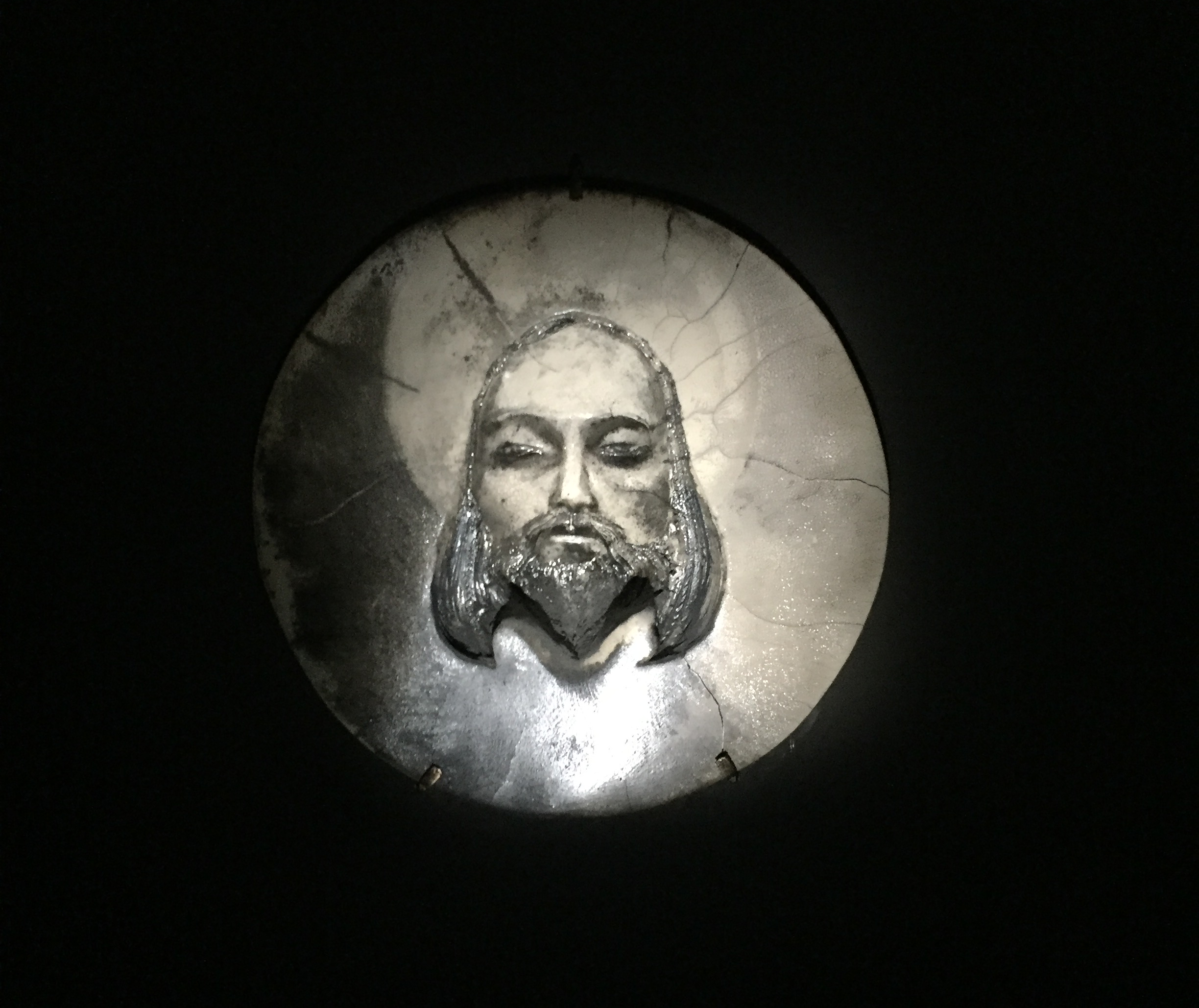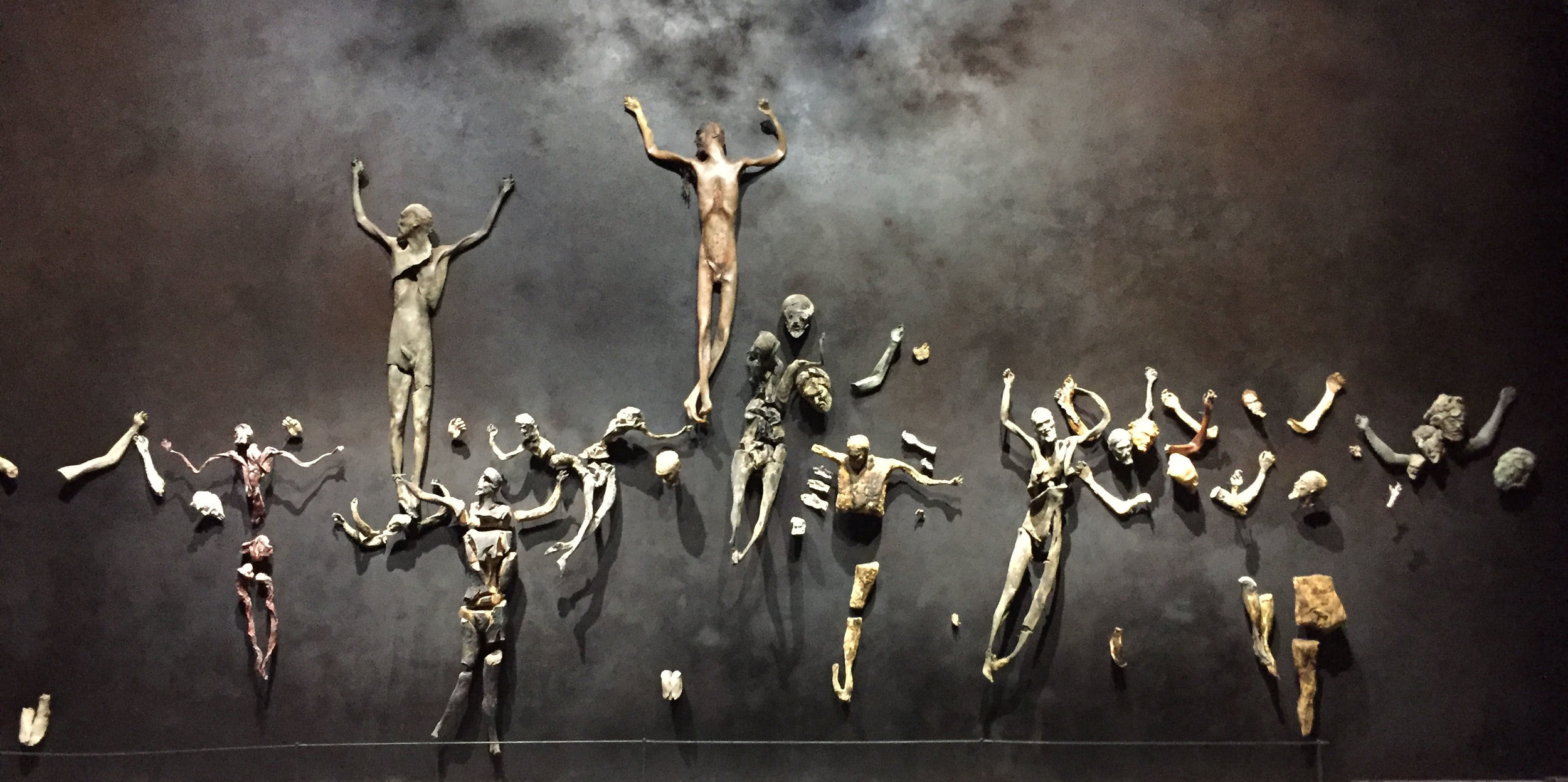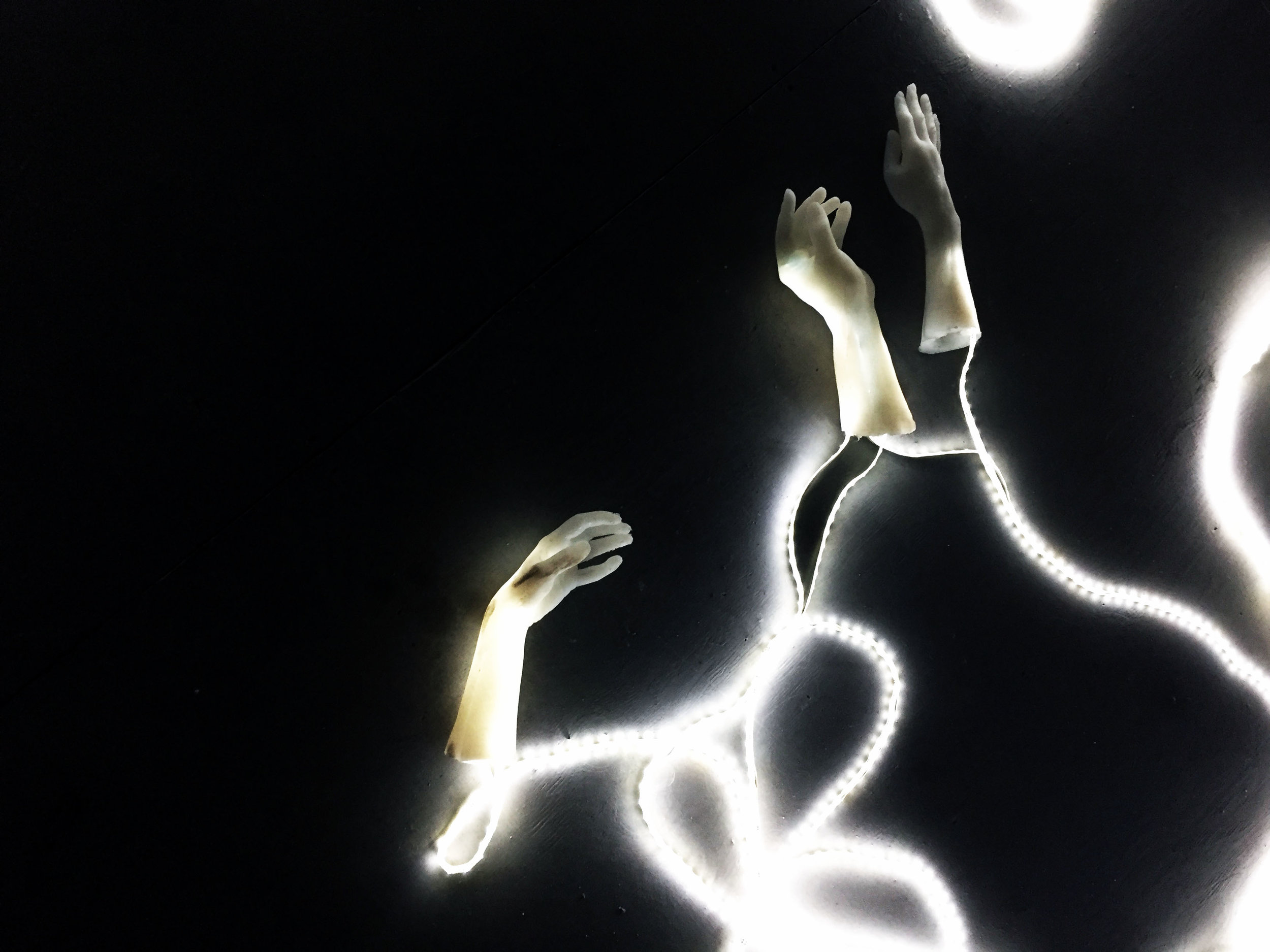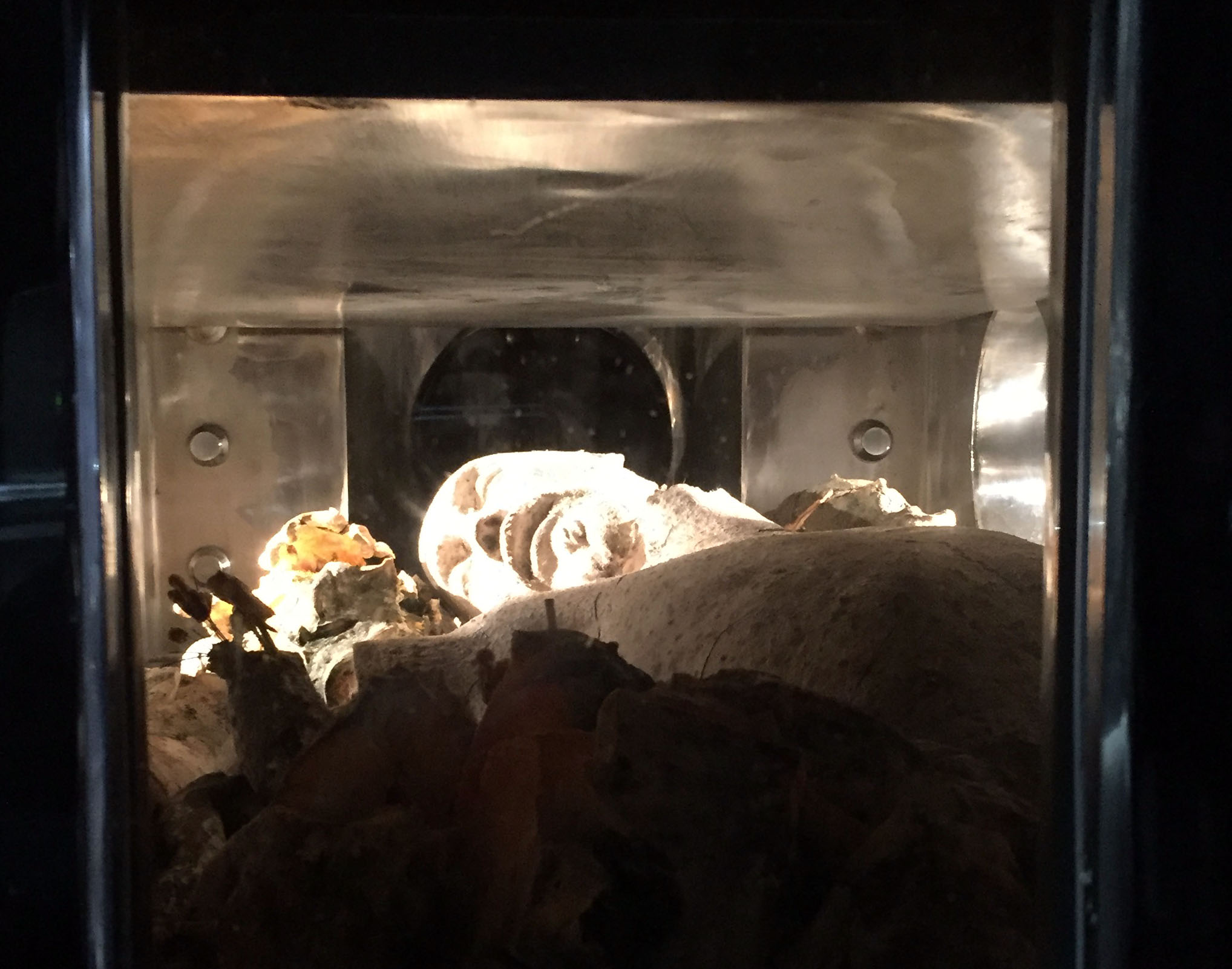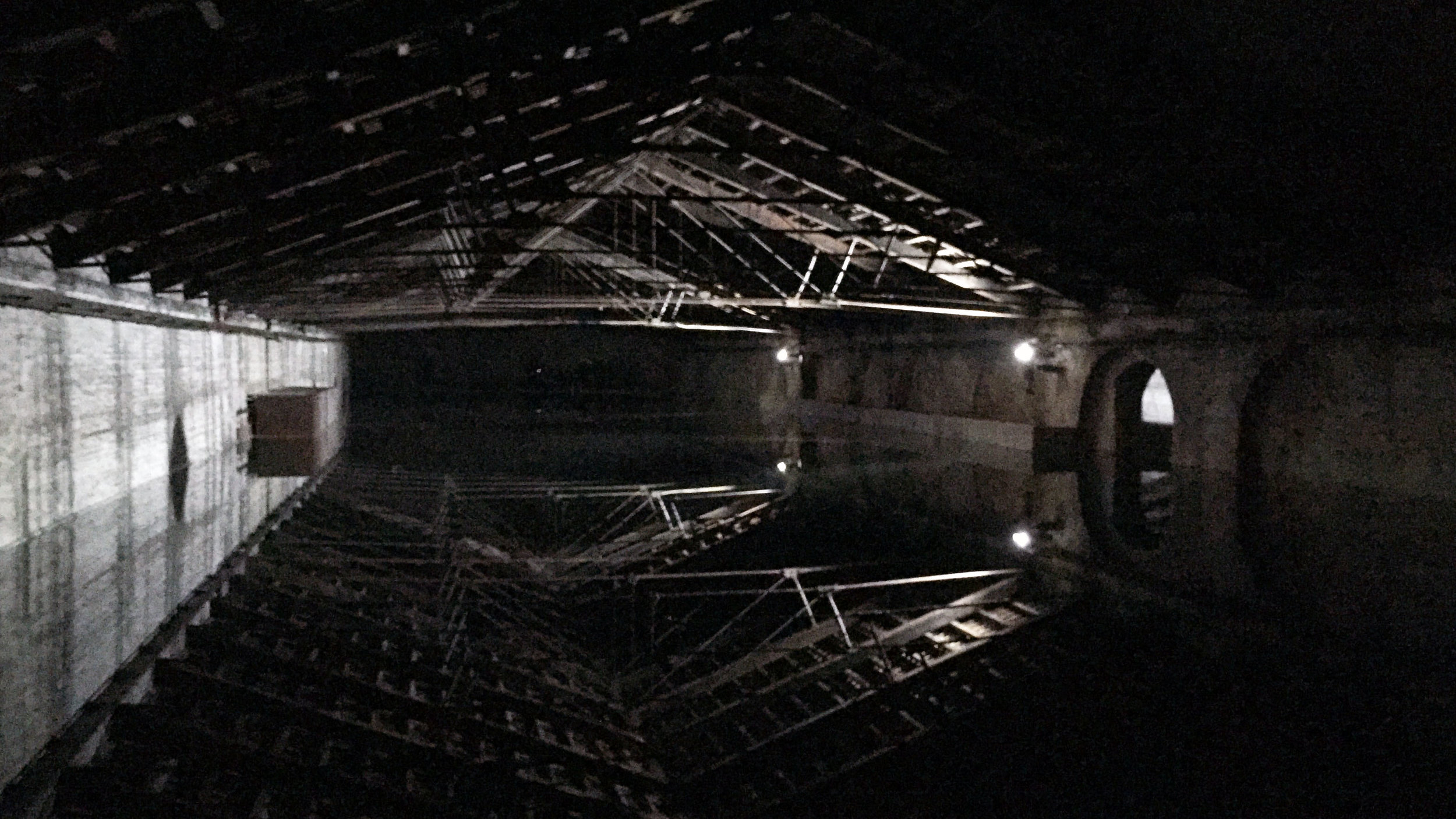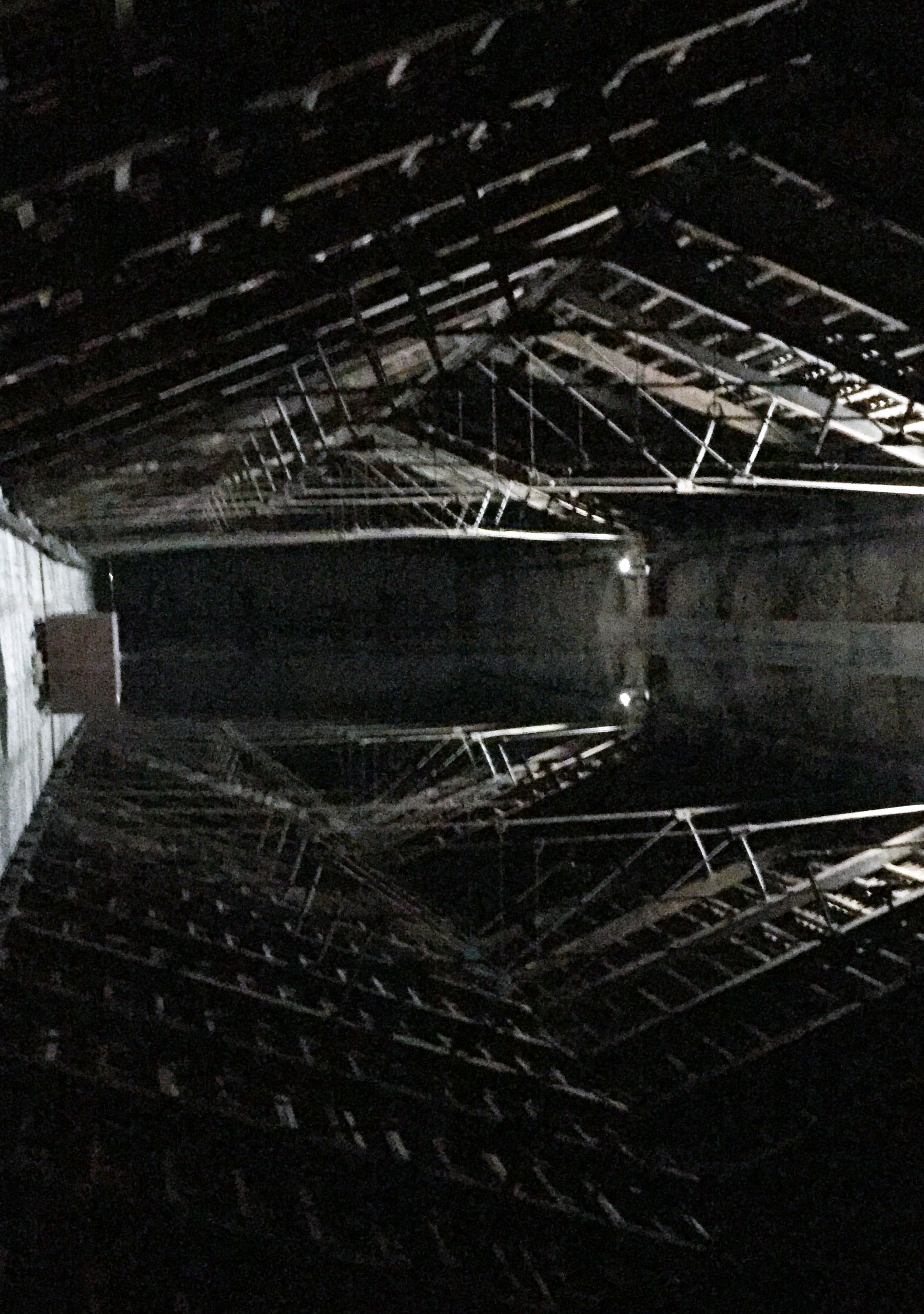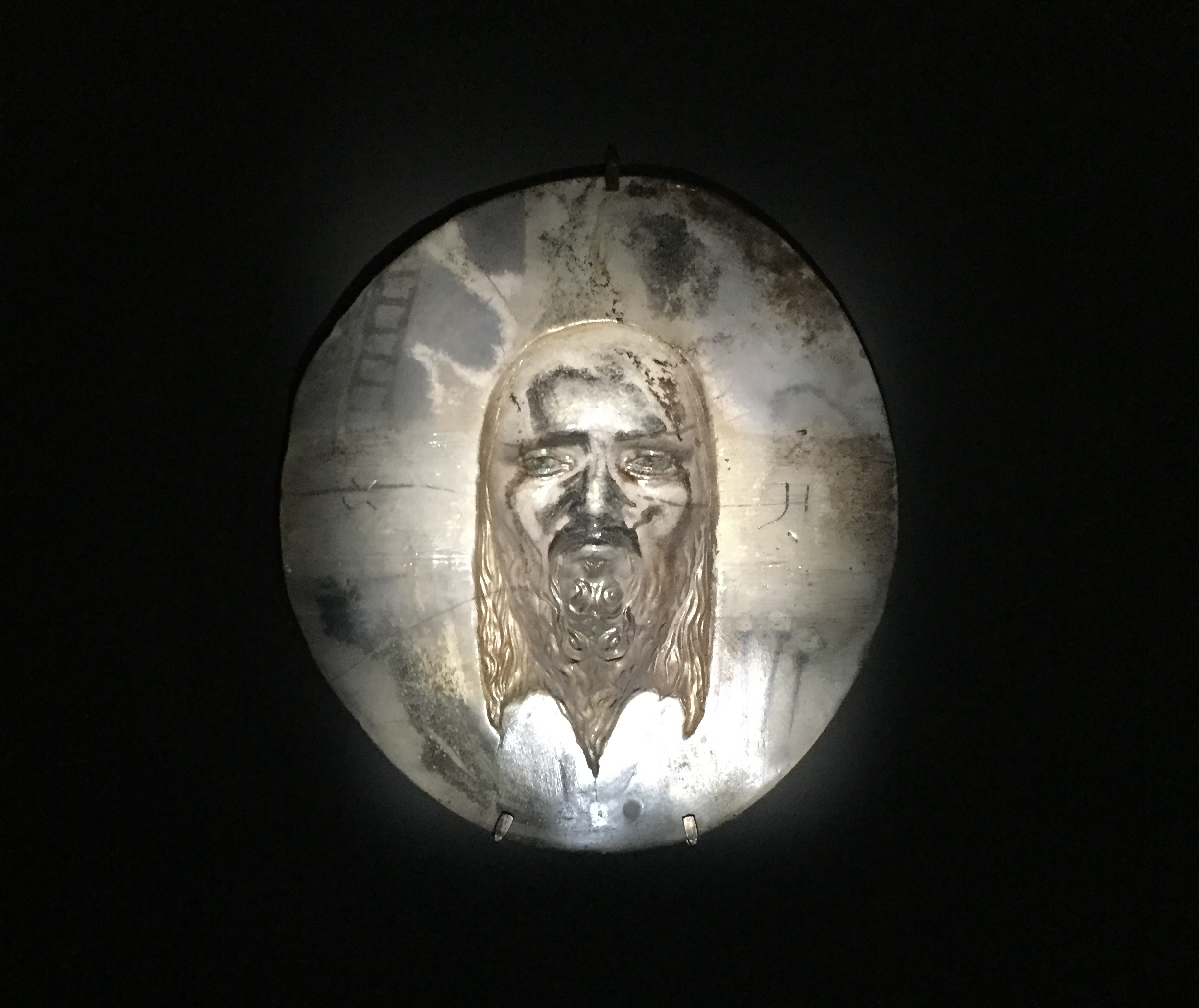Art Magic

If you're the host country of one of the world's most important art festivals, your pavilion had better be pretty dang cool.
The Italians took that advice to heart at their pavilion for the 2017 Biennale di Venezia. It was my favorite of the country pavilions for a bunch of reasons, starting with the concept. The installation was titled Il Mondo Magico (The Magic World) and was billed as, "a return to the imaginary and the fantastic." At a time when contemporary art seems hellbent on reminding us how depressing real life can be, this return to the magical was truly fantastic. Don't get me wrong, the installation was eery, unsettling, and sometimes downright creepy. But it still presented a world where the impossible seems surprisingly attainable.
This ambitious installation features the work of three Italian-born artists, Giorgio Andreotta Calò, Roberto Cuoghi, and Adelita Husni-Bey. All of these artists make me feel old as they were born in the 70s and 80s. They came to prominence in the early part of the 21st Century and all share a fascination with magical elements. The art was stunning, but the entire affair benefited strongly from the curatorial vision of Cecilia Alemani.
Visitors first encountered Roberto Cuoghi's substantial sculptural installation whose most prominent feature was a clear, inflatable structure that was as much sci-fi as it was magic. Titled Imitazione di Cristo [Imitation of Christ], the work was littered with Christ-like figures that were at once archaic and contemporary. It felt not just magical, but ritualistic, as if the artist is our shaman, a guide to another world.
From the strange world of Mr. Cuoghi, you emerged into a large, open space featuring a floating screen. The Reading, a film by Adelita Husni-Bey uses tarot to create a conversation about the relationships between people and earth. While the film felt documentary in nature, the addition of tarot as a means of communication created something more ethereal. That feeling was heightened by the ropes of light surrounding the screen, each ending in glowing, dismembered hands.
Senzo Titolo (La Fine Del Mondo) [Untitled (The End of the World)] was the final installation in the pavilion and was devastating, emotional, and wonderful. The work completely transformed the space of the Italian pavilion. When you first encountered the work, it felt like little more than an ancient Venetian building undergoing restoration with scaffolding like structures through which the visiting crowds wandered. At the far end of the room were bleacher-like stairs that ascended beyond the scaffolding. As you rose above the structure, you entered a watery, reflective world with barely enough light to make the whole affair visible. The effect was vertigo inducing and mesmerizing. It was a clear reminder that our world is seldom exactly as it seems.
Creative director and art nerd contemplating travel, books, theater, and art.
